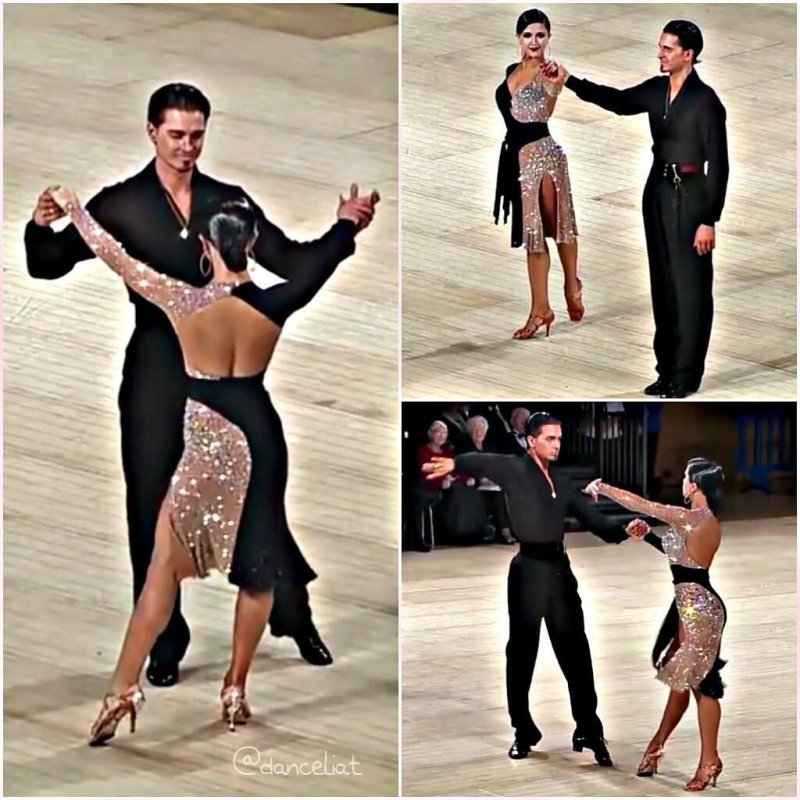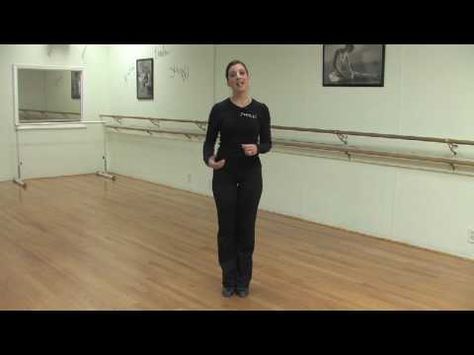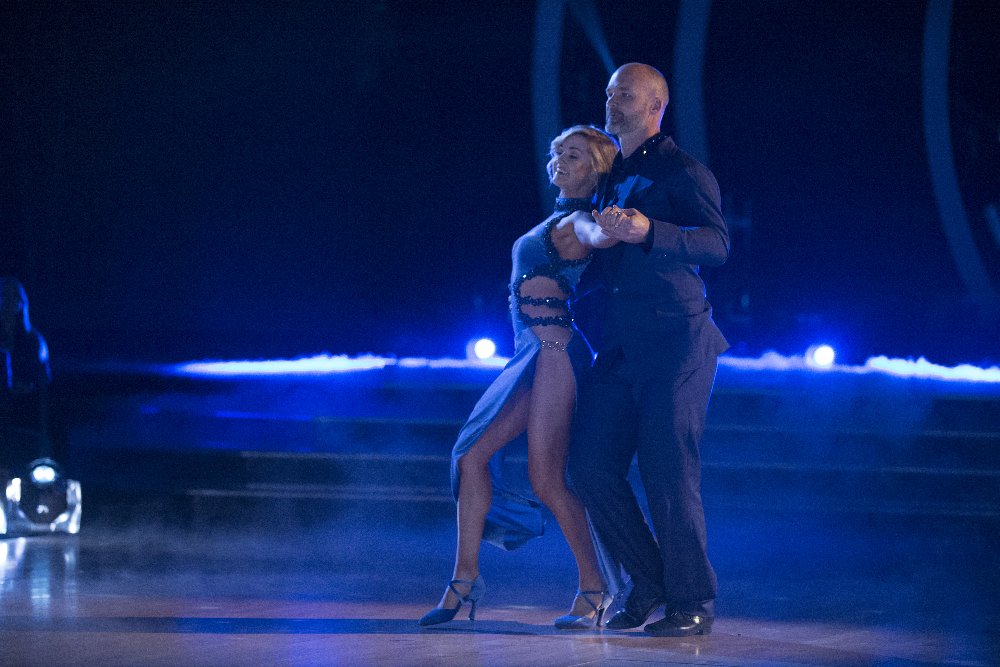How much are dance competition fees
Competition Dance Costs
Competition dance … why does this always bring up images of Abby Lee Miller?
The last time I wrote about financing competitive dance, Piper had just finished her first season. (Read that post first if you are brand new to this!) I meant to write again last year, but money is such a sensitive topic. Every time I put amounts down in black/white – I cringe. Perhaps it’s better that I waited, because a lot has happened between Year 2 and Year 3.
The biggest change for us was a change in studios. Many things led to our decision, but it was the right move for us on a lot of levels. And, now, one year later €“ oh my stars, we made the right move!
So, money €¦ where are we now, what’s the same and what’s changed. First of all, I still track every penny. With that said, I can accurately account for how things have changed from year to year.
Our grand totals each year:
Year 1: $8,356.27 – 2 dances
Year 2: $13,565.75 – 5 dances
Year 3: $10,641. 91 – 8 dances
For ease of comparison, I’ll call the studio we were at for years 1and 2, Studio A. Our studio for year 3 will be Studio B.
TUITION: This is a little different at our Studio B. Tuition covers your weekly technique classes. At Studio A, it covered your weekly technique classes and your mandatory competition dance choreography and cleanings. (So, basically, in year 1- we got classes, plus two dance choreography/cleanings in our $260/month. In year 2 – we got classes, plus three dance choreography/cleanings in our $260month.)
At Studio B, our monthly tuition was $275/month. (That is raising to $300/month this coming year.) Piper took 11 classes each week and our tuition only covered those technique classes.
However, we are also offered the option of paying for the entire year in advance. We get a small discount when we take advantage of the offer. For our family, it’s a huge outpour of funds all at once, but it’s $300/month that we know is already paid. That comes in really handy when Christmas comes around, or an unexpected financial emergency arises.
That comes in really handy when Christmas comes around, or an unexpected financial emergency arises.
Total for tuition (Year 2) = $2,717.50
Total for tuition (Year 3) = $2,500
CHOREOGRAPHY/CLEANING: The last time I wrote about this topic, we were only doing our mandatory dances. At Studio A, you paid a choreography fee for any €œextra € dance – solo, group, duo/trio, etc. For example, we paid $350 for solo choreography, $134 for trio choreography, and $110 for a tap small group with 5 girls.
At Studio B, we pay a choreography fee for every dance. It’s nice for a few reasons. We are given the cost of each dance – a solo is $450, a duet is $550, small groups are $800, large groups are $1,000. The cost is split between the dancers in each group. For example, Piper could be cast in a group with 4 girls and our cost would be $200 for that number. But she could also be cast in a small group with 9 girls and it would be $88.89.
Given those costs and the odds of what a €œworst case scenario € could be, we are able to tell the director how many solos, duo/trios, groups we (1) think our daughter can handle and (2) our wallet can handle.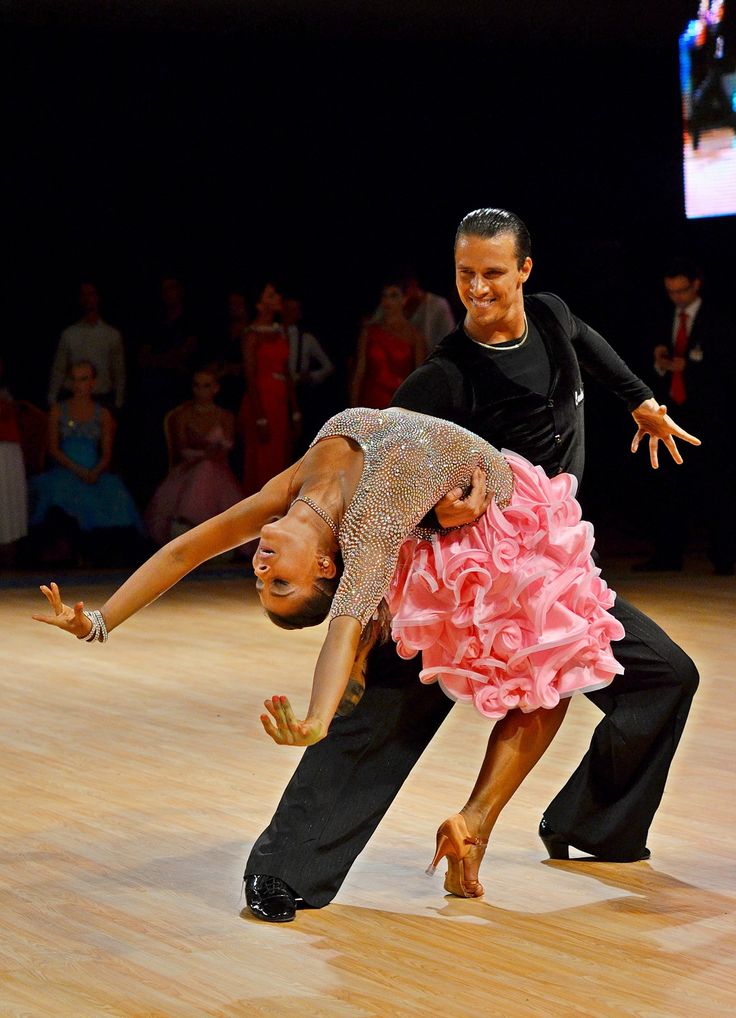
At Studio A, for the dances that required a choreography fee, it was truly just that – choreography only. From there, you paid a €œcleaning fee € every time that dance was cleaned ($35/half hour, $70/hour). This meant that I was constantly running into the studio waving cash €¦ and needed to have odd increments of bills available at all times. It was C-R-A-Z-Y. Especially for someone (me) who HATES carrying cash.
At Studio B, the cleaning fees for all group dances are included in the choreography cost. Thank you, Jesus! (I mean that literally.) It also means that although things are expensive on the front end, once it’s paid – it’s paid.
Total for choreography/cleaning (Year 2) = $280 (one dance)
Total for choreography/cleaning (Year 3) = $680 (six dances)
SOLO/DUETS/TRIOS: This is another area that we hadn’t explored last time. In Year 2, we started with a solo and during spring break added a trio, so those costs might be a bit skewed. For Year 3, we did a solo and trio again.
For Year 3, we did a solo and trio again.
Both Studio A and B do this the same way. You pay a choreography fee and then you pay for each cleaning separately. I think that’s industry standard.
These are the take aways that I have about a solo: A solo is worth every penny. The growth that comes from one-on-one time with your teacher is golden.
There are many kids that do multiple solos. For us, financially, we would rather Piper be in more group dances than add another solo. When she’s older and if she still thinks that this is what she wants to REALLY do as a career, we’ll add another solo. But, for now, our choice is one solo and more groups.
Total for solo/cleanings (Year 2) = $1,155
Total for trio/cleanings (Year 2) = $333 (1/2 season)
Total for solo/cleanings (Year 3) = $1,380
Total for trio/cleanings (Year 3) = $478
COSTUMES: I now consider myself a costume expert. We’ve done catalog and custom-made, and semi-homemade (catalog, then alter it to look like something else!).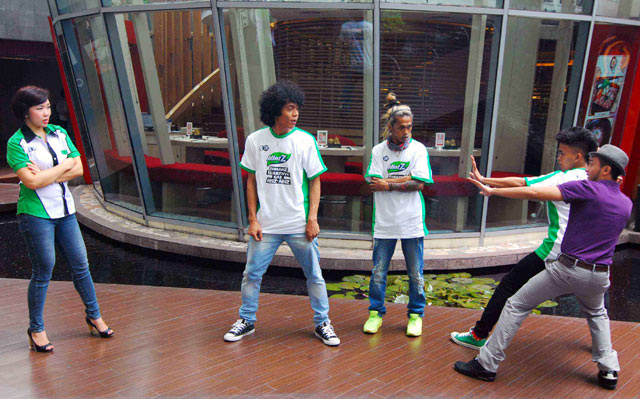 I’ve also learned that a lot of what happens with a costume depends on your studio and what they consider standard.
I’ve also learned that a lot of what happens with a costume depends on your studio and what they consider standard.
At Studio A, more was better. And more, and more. I love me some bling, but it was a lot! And many times the additions to the costume cost more than the basic costume.
At Studio B, we have some gorgeous costumes, too. But, there was a bit more of a €œLet’s try it like this €¦ if we see it needs more, then we’ll add more. But, let’s not just do it because we can. € And, guess what? Many times, costumes were gorgeous €œas is €. It made a difference in the bottom line.
My advice – learn to stone. Order stones wholesale. Both of these things will save you LOADS of money. And, some of the best Dance Mom moments I’ve had have come over a costume and a gross of crystals!
Total for costumes (Year 2) = $835.73 – 6 costumes
Total for costumes (Year 3) = $674.44 – 8 costumes
COMPETITION FEES: Last time, I wrote about how surprised I was when the time came to pay fees for competitions. It was significantly more than I ever imagined. Well, that was with two dances €¦ so imagine how numb I am now!
It was significantly more than I ever imagined. Well, that was with two dances €¦ so imagine how numb I am now!
To be honest, groups aren’t much (in the grand scheme). They run $35-45 on average. Duo/trios will run approximately $60. Solos are about $100.
The upside is that there is prize money. Whoo hooo! This is slightly different for each competition and sometimes depends on the number of entries in a category. It’s also an opportunity for studios to handle this in different ways.
Studio A – solo – the money is applied to your account; duo/trio/groups – the money is split and applied to your account.
Studio B – solo – the money is applied to your account; duo/trio – the money is split and applied to your account; groups – the money goes to the studio.
Total for competitions (Year 2) = $1,262.82 (5 dances)
Total for competitions (Year 3) = $1,601.68 (8 dances)
CONVENTIONS: When I write you this time next year, I will be an expert in this field. Our studio is doing all conventions next year with the exception of one competition. (Even doing a convention nationals!) We did one convention this year and Piper loved it. For me, I love that there are scholarship opportunities and (in our case, at least) the teachers in the sessions are amazing.
Our studio is doing all conventions next year with the exception of one competition. (Even doing a convention nationals!) We did one convention this year and Piper loved it. For me, I love that there are scholarship opportunities and (in our case, at least) the teachers in the sessions are amazing.
Of course, they are more expensive. For Piper’s age, we are looking at $225-260/per convention + competition fees. I’m thinking that it will add about $1,000 to our overall costs. We will have to weigh whether or not we stay in the convention hotel or drive back/forth from home for the local events. Staying in the hotel is another added cost, so we’ll play that one by ear.
ATTIRE: With a change in studio, brought a new change in attire (logo jacket/pants). My best advice for this is €œbuy with room to grow €. I got two seasons out of Piper’s attire for Studio A, and I will get 2 years and possibly more out of Studio B.
STUFF: I still love €œthe stuff € €¦ the DVDs, the photos, the shirts, the programs €¦ I’m a sucker.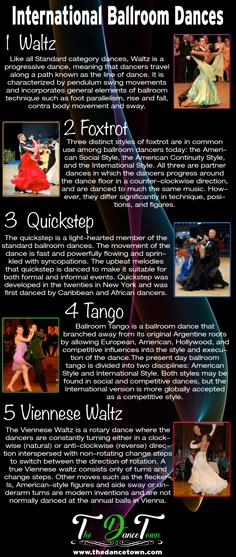 It’s probably worse because I’m such a memory keeper with scrapbooking and Project Life. But, I have learned when to pass it by and when to buy, but more often then not – I’ll buy.
It’s probably worse because I’m such a memory keeper with scrapbooking and Project Life. But, I have learned when to pass it by and when to buy, but more often then not – I’ll buy.
PACKING IT UP: I’m still in love with my Dream Duffel. You might recall from the last post that I had a small duffel. I’ve now graduated to a medium and could probably use a large! The Dream Duffel holds up so well and they’ve come out with so many accessories since my original posting specifically on them. I can’t recommend it enough.
If you are new, my advice would be to buy the basics – the duffel, their hangers (they are worth the money), and their garment bags. Then, after your first competition, order the additional accessories that you wish you had.
TRAVEL: This is always a biggie. Thankfully, we’ve gone to three nationals that are within driving distance for us. Next year, we will be flying. It’s still the single biggest expense of the year, but we’ve had such good experiences – I don’t regret it. If we did a nationals close to home, I’m not sure it would feel like nationals.
If we did a nationals close to home, I’m not sure it would feel like nationals.
We’ve done condos alone, we’ve shared a house with friends, we’ve cooked in and eaten out €¦ there are so many ways to try to make it cheaper, but in the end €“ you have to do what works for you. There are certainly pros and cons to every scenario. The bottom line is to plan early, budget, and make sure that you have all the information. (A huge key piece is €œWhat day is my first dance? € If you are trying to pinch pennies, you might not want to show up on Saturday if you don’t dance until Thursday.)
No matter where we go or how we slice it, nationals for us is a $3,000 trip every year. And, probably $5,000 next year with flights.
€” €” €”
So, here we are three years later, still paying over $10k per year for a little girl to dance. Is it worth it? There aren’t enough €œyes-es €.
Piper has grown so much €“ 1,000% since we joined Studio B. She is independent, confident, and has a work ethic that most adults don’t have.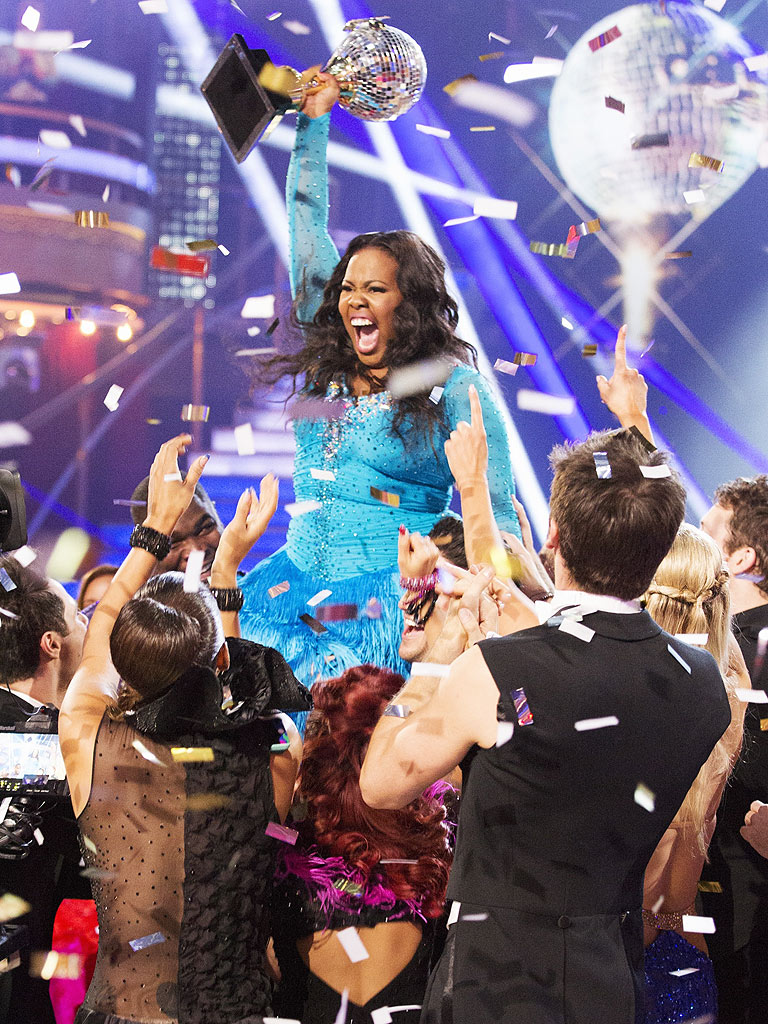 She has never once complained about going to class or missing out.
She has never once complained about going to class or missing out.
More than anything, we’ve seen a talent blossom in her. And as long as she wants to nurture that talent, then it’s my job to make sure that she can.
Will she dance forever, who knows? I hope so. Right now, she plans on it. But, because this investment goes beyond the dance studio, I’ve gotten my money’s worth if she quit tomorrow.
For our family, this amount doesn’t come easy. There’s a lot of sacrifice, and thankfully, my mom helps out each month. Don and I both work extra jobs €¦ and Don works A LOT of long hours. But, when I see how happy Piper is when she’s dancing and how her face lights up the second her foot steps on the stage €“ I’d do it a thousand times over. And, a thousand times again.
3 Teachers Talk "Competition Costs"
Strategies that ease the burden
By Lois O’Brian
Taking students to competitions is an expensive endeavor. Explaining the costs involved to parents is important, and ensuring that parents follow through on their financial commitments can be difficult. Three studio owners devised plans for making the interactions surrounding competition costs as painless as possible, and they might work for you too.
Three studio owners devised plans for making the interactions surrounding competition costs as painless as possible, and they might work for you too.
9-installment plan
Woodbury Dance Center in Woodbury, Minnesota, owned by sisters Buffy Johnson Breen and Kathy Johnson Mueller, has an enrollment of 1,300 students. Each spring they send 350 students to competitions. Five years ago, they began collecting fees for the competitions on a nine-month, all-inclusive, equal payment plan. Not only did this plan make collecting the money easier, but none of the students dropped out of competitions due to the new payment schedule.
Breen and Mueller found it difficult to collect money after the school year ended and the recital was over. Their previous system, similar to the one they now implement, was to collect a set per-month deposit, but a small one. Inevitably, at the end of the year, when parents were paying for recital tickets and photos, some of them still owed competition fees, and payment became a burden.
The nine-month plan now in place includes competition fees, costumes, master classes (in which competition students are required to participate), any scheduled workshops, and the cost of both competition and regular classes. The total cost is divided by nine, and the result is the monthly payment for each family—no surprises at the end of the year. Competition fees and rehearsal and choreography costs for solo dances are billed separately. This year, Breen and Mueller added the cost of nationals to the nine-month system. If a student does not attend nationals, the account is credited. Some families use an auto credit/debit payment plan, but it is not required.
Bartering, fundraising, reusing costumes, and sticking to the budget all help keep costs down, but what’s most important is communication.
The monthly payment does not include the cost of shoes and tights, since that is unpredictable, and families are responsible for their own travel and hotel arrangements.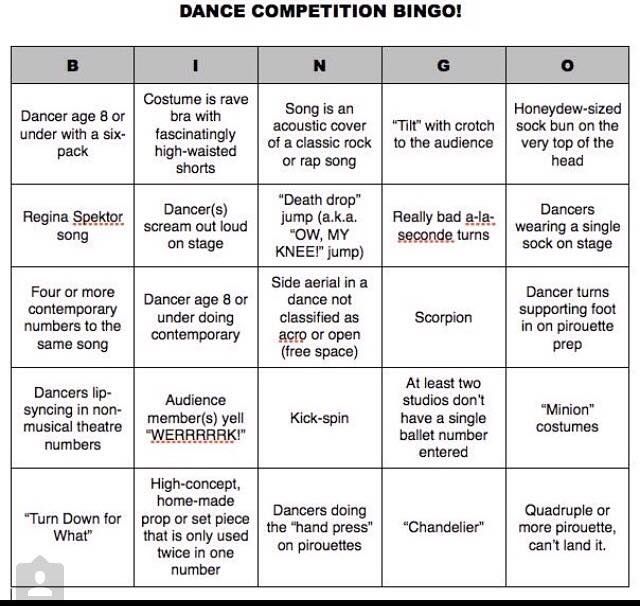 Breen and Mueller work to stay within their budget, making their payment plan a success.
Breen and Mueller work to stay within their budget, making their payment plan a success.
To aid families who want their children to participate but need financial help with travel and hotel costs, a group of parents, at the suggestion of Breen and Mueller, formed a nonprofit organization, the Youth Dance Parent Association. The group has been functioning for 15 years and now also assists parents who are paying for college dance programs. Unfortunately, the organization has not solved the problem of the ever-increasing number of requests for more comprehensive scholarships, both for competition and regular tuition.
Woodbury Dance Center offers various levels of participation in competition in order to accommodate the time and financial constraints faced by families. Breen and Mueller designed a program for 4- to 5-year-olds in recreational classes, to introduce them to competition. The children learn only one dance, and the experience is low-key; these children attend fewer regional competitions than the other students, who attend four.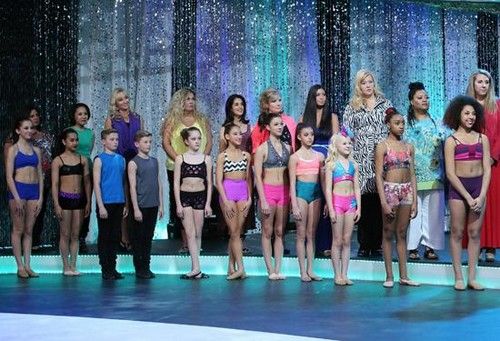 The cost is a little more than half of what full participation in competition costs.
The cost is a little more than half of what full participation in competition costs.
The intro-to-competition team has been so successful that the owners have added a second one. “We want dancers who are interested to be able to be involved,” says Mueller. “We strive to make competition affordable for families.”
10-installment plan
Patti Eisenhauer Dance Center in Franklin, Massachusetts, has 350 students, 100 of whom participate in competitions. Those students attend three regional competitions per year, plus nationals once every two or three years. Limiting participation in nationals helps keep costs down. Not all students choose to go to nationals, as they are responsible for their own hotel and travel expenses. The competition schedule is given out in September for the season, and decisions often depend on competition location and families’ finances.
Photo courtesy Doreen’s Dance Center
Owner Patti Eisenhauer first implemented an all-inclusive package divided into 10 equal monthly payments in 2012–13 (although classes run for 12 months).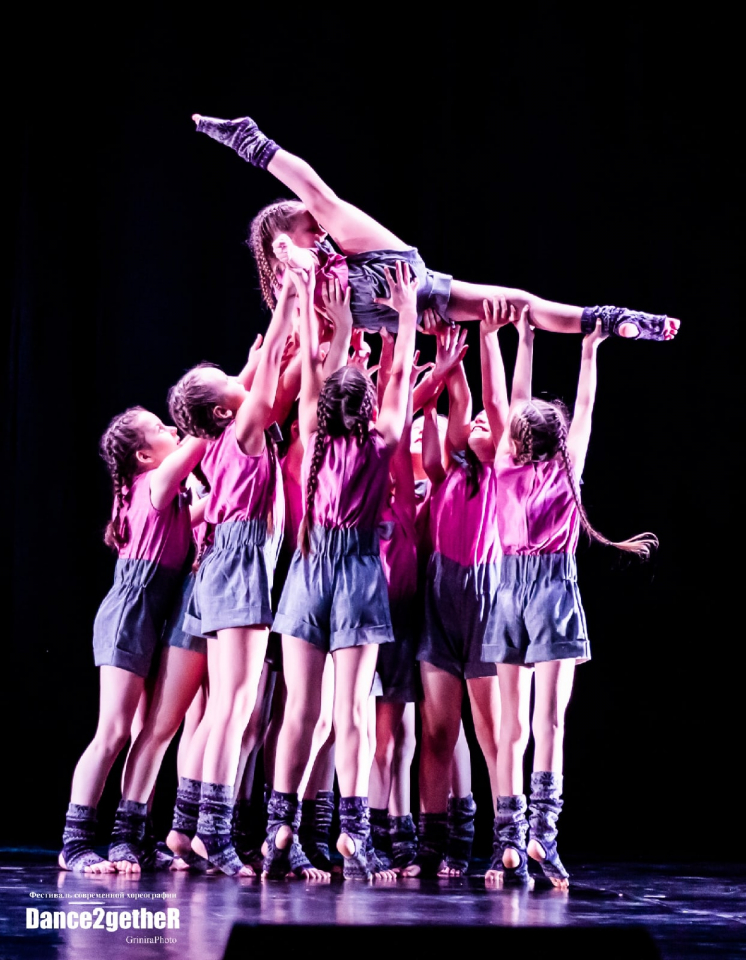 The set payment plan includes registration, tuition, and entry fees for three competitions; three costumes; and an intensive summer dance camp. It also includes a $30 studio fee for local competitions. The studio fee covers instructors’ rehearsal time and secretaries’ time. Many families choose to pay by automatic credit/debit, but it’s not required. For families who pay up front in full, there is a 5 percent discount. Many choose to pay online each month either by credit card or PayPal.
The set payment plan includes registration, tuition, and entry fees for three competitions; three costumes; and an intensive summer dance camp. It also includes a $30 studio fee for local competitions. The studio fee covers instructors’ rehearsal time and secretaries’ time. Many families choose to pay by automatic credit/debit, but it’s not required. For families who pay up front in full, there is a 5 percent discount. Many choose to pay online each month either by credit card or PayPal.
Because of the all-inclusive payment plan, the studio has been able to take advantage of the 10 percent discount some competitions offer if fees are paid 30 days in advance.
Eisenhauer switched to the equal payment system after some parents whose children had committed to the team couldn’t pay. She tried asking parents for an exact date by which they could realistically complete their payments, but that didn’t work. Parents who couldn’t pay chose not to return the following year, and the income was lost. An average of two to four families left the studio per year for that reason. In this first season of the equal payment plan, no families left.
An average of two to four families left the studio per year for that reason. In this first season of the equal payment plan, no families left.
Formerly, parents paid tuition monthly, a registration fee when they signed up, and a costume deposit with registration. The balance of the costume cost was due in November; competition fees were due 30 days before each event. The average student pays roughly $400 per competition. Because the chosen competitions generally occur in March, April, and May, parents owed large sums in a short period of time. With a different fee coming due every month, Eisenhauer decided to create her equal payment system. “The parents loved it this year, and I wish I had done it sooner,” she says.
Near the end of the school year and before auditions, Eisenhauer sends out an information packet about the competition team that explains all the costs involved. She holds what she calls an “up-front” meeting for parents at the time of tryouts, in which she goes over the packet. She says this is “by far the best way of collecting the money.”
She says this is “by far the best way of collecting the money.”
Like Woodbury Dance Center, Patti Eisenhauer School of Dance has a low-cost program to introduce interested students to competition. One day per week, dancers of any age can work with the competition team. They participate in a minimum number of dances and do not do solos or duos. Ninety-five percent of these students go on to the full program.
To further help parents deal with costs, Eisenhauer has an assistant program in which a student earns a reduction in fees by demonstrating in classes or helping at competitions, at $10 per hour. Assistants warm up young students, stay with them backstage, and return them to their parents after they’re done performing.
Eisenhauer always reuses costumes, especially for solos. A $25 rental fee is charged for used costumes for the whole season—another system parents love.
Yearly fee with add-ons
At Doreen’s Dance Center in Colchester, Connecticut, about 50 students of the 300 enrolled participate in three competitions each spring. A week before the studio opens, owner Doreen Freeman presents a package of the costs involved in competing. Families must sign a Company Student Cost Estimation contract, which states that the parents have read it and agree to be financially responsible. Freeman has always used this system and finds it successful.
A week before the studio opens, owner Doreen Freeman presents a package of the costs involved in competing. Families must sign a Company Student Cost Estimation contract, which states that the parents have read it and agree to be financially responsible. Freeman has always used this system and finds it successful.
Photo courtesy Woodbury Dance Center
Competition students pay a flat yearly fee of $350, which covers the teachers’ fees for two or three hours of rehearsals per week (arranged in a block on Friday nights with students rotating among three studios), costumes, tights (two pairs per dance) and shoes, and a studio administration fee of $5 per dance; regular tuition is additional. The $350 fee is collected at the kickoff banquet in late August when parents sign the company contracts. Freeman says she gets no flak from parents.
The package also explains the dates and costs of workshops the dancers are required to attend and the approximate dates and costs of entry fees, due at the time of each competition. The parents are alerted that they will be charged if additional rehearsals are needed, and an estimated cost is given. The cost, divided evenly among the participants, is for stage rental for the rehearsals; this year it was $10 per student.
The parents are alerted that they will be charged if additional rehearsals are needed, and an estimated cost is given. The cost, divided evenly among the participants, is for stage rental for the rehearsals; this year it was $10 per student.
To keep costs down, Freeman compares entry fees for the types of competitions she prefers and goes with the most reasonable. She uses catalog costumes and then adds to them to “specialize” them. She has made costumes for character numbers from inexpensive items. She did a Mary Poppins production number for which the costumes were items from Goodwill; the number won Best Production at a competition. “The dancing should speak for itself,” Freeman says. “An expensive solo costume is not necessary.” She has repurposed costumes at times. For instance, a ballet costume from a prior year might become the perfect outfit for a princess.
Freeman pays her teachers for going to competitions, so rather than having herself and all three of her teachers present for the entire competition, she schedules specific hours or days for each person.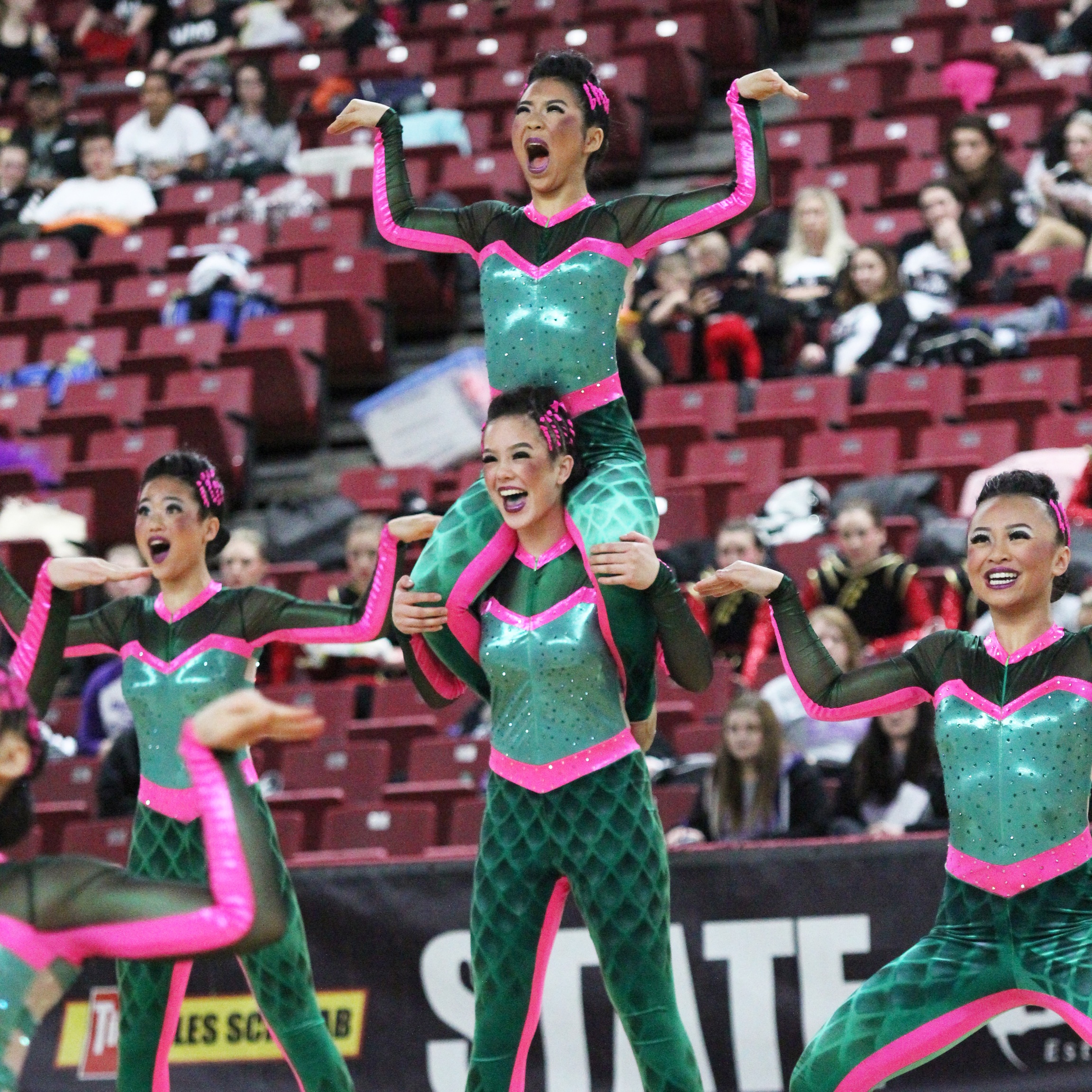
Rebates from competitions for early registration, usually 10 to 20 percent, help Freeman cover the costs of planning and running competitions without having to charge parents for that time and labor.
Because Freeman does not like to use parent volunteers (she has found it can cause jealousy), she has developed a barter system. In exchange for construction jobs, electrical work, prop building, and office work done by parents, she offers credits toward their child’s competition dance expenses.
Freeman has tried various ways of fundraising to reduce the burden of costs on families. When selling items such as wrapping paper or bulbs became difficult, she tried to start a parent group to run car washes and babysitting services during Christmas shopping season. She didn’t get enough volunteers and had to give that up. She is back to staff-organized fundraisers that make money by selling items.
No Surprises
The common thread among these studios’ strategies is a clear explanation of every cost. Bartering, fundraising, reusing costumes, and sticking to the budget all help keep costs down, but what’s most important is communication. When there are no surprises for parents, paying for competitions seems like less of a burden.
Bartering, fundraising, reusing costumes, and sticking to the budget all help keep costs down, but what’s most important is communication. When there are no surprises for parents, paying for competitions seems like less of a burden.
International competition "ART OF DANCE"
Classical dance and stylization
Classical dance today is the foundation of any dance direction. Its elements have been formed over the years and by the best teachers of ballet schools in the world. All beginners start from this direction, falling into the wonderful world of dance
Classical dance is, first of all, entertainment, beauty and the right basis for any dance movement.
Classical dance is movements that have united into one single system. But in order to revive it. It's one thing when the dance exists just like that, another when it helps to reveal feelings and a little story...
Folk dance and styling
Folk dance is a bright, colorful creation of the people, which is an emotional, artistic, specific reflection of their centuries-old, diverse life. He embodied the creative imagination of people, the depth of their feelings. Folk dance always has a clear theme and idea - it is always meaningful. There is a dramatic basis and plot in it, there are both generalized and specific artistic images created thanks to various plastic movements, spatial drawings (constructions).
He embodied the creative imagination of people, the depth of their feelings. Folk dance always has a clear theme and idea - it is always meaningful. There is a dramatic basis and plot in it, there are both generalized and specific artistic images created thanks to various plastic movements, spatial drawings (constructions).
Folk dance stylization is a modern creative interpretation of folklore material
new means and forms of choreographic expressiveness.
It should be noted that the basis of a stylized performance is, first of all, the study of folklore and ethnographic material, possession of the laws of composition, and of course, a sense of style - all that together creates the desired image or feeling of an image, a peculiar national character of a people, its image life and thought patterns.
The skill of a modern choreographer who stylizes folk dance lies in the ability to correctly combine modern movements and tricks with truly folk movements.
Children's dance, rhythm.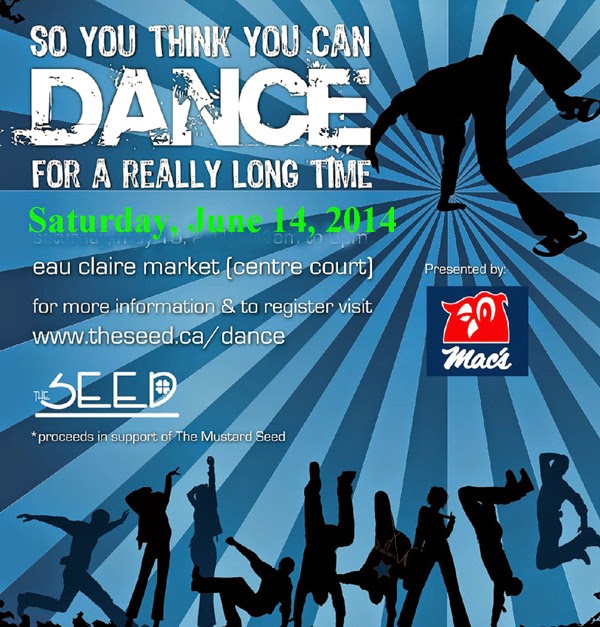
Children's dance has its own specifics and features. Everyone will agree that the main thing in it is not an impeccably mastered technique, but the creativity and interest of the child.
Poses, movement, gesture, facial expressions - this is a choreographic text. The content should contain an image, dramaturgy of children's dance.
Figurative vocabulary is what we depict, and expressive vocabulary is built on the image. Tempo - rhythmic music is very important for children, it should be clear, rhythmic, fun. For each age group, the music must be age appropriate.
Pop dance, pop-sports dance, disco.
Variety art combines various genre varieties, the commonality of which lies in easy adaptability to various conditions of public demonstration, in the short duration of the action, in the concentration of its artistic expressive means, contributing to the vivid identification of the creative individuality of the performer.
Acrobatic dance, sports dance
The composition of acrobatic dance is based on the etude-figurative style of arbitrary combinations. The etude-figurative style implies, along with good technical training, the presence of a level of expressive abilities and artistry. This style requires a deep study and careful mastering of gymnastic, acrobatic elements and connections, as well as the ability to create plastic, emotional-motor, or artistic images by athletes.
The etude-figurative style implies, along with good technical training, the presence of a level of expressive abilities and artistry. This style requires a deep study and careful mastering of gymnastic, acrobatic elements and connections, as well as the ability to create plastic, emotional-motor, or artistic images by athletes.
Contemporary choreography: Jazz, Modern, Free movement
First of all, this is the art of dance, this is choreography, which has no rules and mandatory movements and poses. It was formed at the beginning of the 20th century in the West and involves a diverse set of dance movements.
Dance theater, dance show
The main difference between pageant dance and pure dance is that pageant dance is a story that can be told without words. The founder of such a direction as dance theater is the great dancer from America - Isadora Duncan. In her productions, she turned to symphonic music and advocated the rejection of traditional dance costumes. Choreographers of this art direction use mixed dance styles. This type of dance implements its activities on the basis of the following two schools: dance school; acting school. In the process of training in these schools, special attention is paid to the emotional component of the dancers.
Choreographers of this art direction use mixed dance styles. This type of dance implements its activities on the basis of the following two schools: dance school; acting school. In the process of training in these schools, special attention is paid to the emotional component of the dancers.
Ballroom dancing (including formation)
The term "ballroom" refers to paired non-professional secular dances that originated in medieval Europe. Ballroom dancing of the 20th century developed on the basis of European dance, which at the turn of the 19th and 20th centuries was breathed new life by African and Latin American musical and dance culture.
Currently, 17 different dances are classified as ballroom dancing, divided into four programs:
The European program includes: slow waltz (Boston), quickstep (fast foxtrot), Viennese waltz, tango, slow foxtrot.
In Latin American: samba, cha-cha-cha, rumba, paso doble, jive.
In the folk: figured waltz, Krakowiak, Russian lyrical, rilio, Ukrainian lyrical.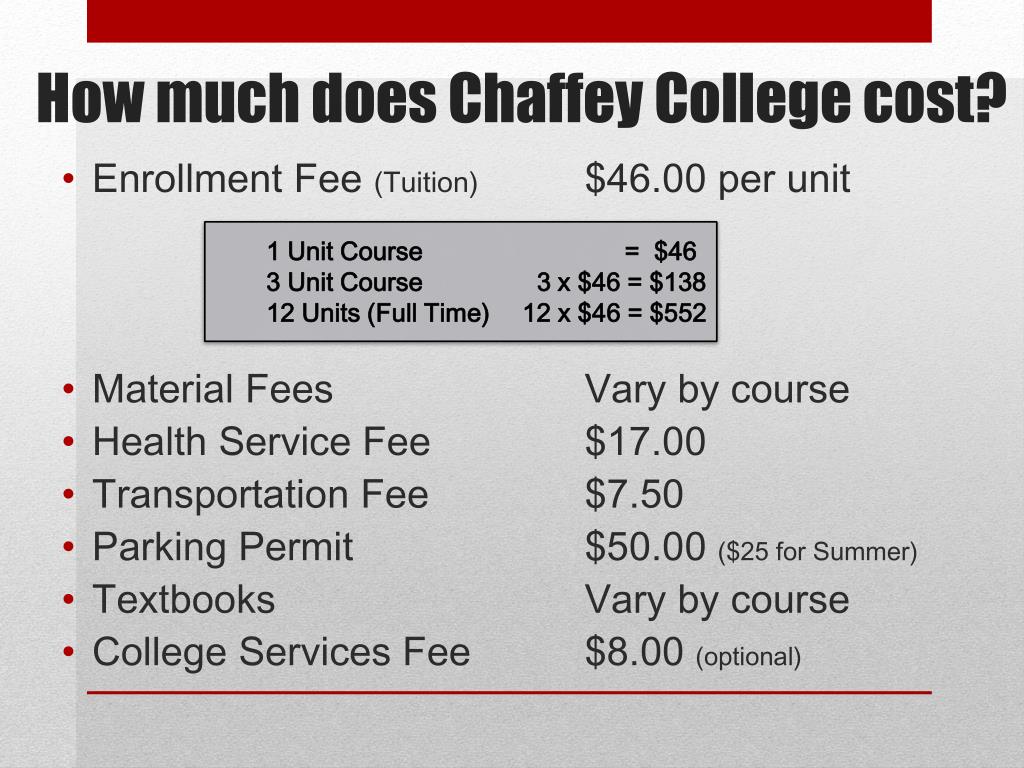
Optional: Berlin polka, trendy rock (for beginners)
Theoretically, the definition of ballroom includes such historical and everyday dances as mazurka, polonaise, catillon, quadrille, as well as more modern ones: salsa, twist, rock and roll, etc.
Youth trends: hip-hop, break dance, etc.
Hip-hop is a mixture of energy, enthusiasm, positive. This is not just a dance, but a whole culture with its own clothes, habits, movements. Therefore, it is impossible to just learn to dance hip-hop, you need to live this culture, wear these clothes, love this music.
Perhaps it was the desire to express oneself that was the first impetus for the creation of the hip-hop style in America. It was a typical street dance, which was sometimes associated with hooliganism and swagger, graffiti and wide trousers. Gradually, hip-hop culture turned into a powerful youth movement, and Hip-hop dance appeared at competitions, festivals, and discos. Today Hip-hop is at the peak of popularity, dancing in this style is fashionable.
"Tap" - Tap dancing comes from a mixture of different cultures, primarily Irish dance and African American dance traditions. It became especially popular in the United States, where many cultural traditions fused, and at the turn of the 19th and 20th centuries a new dance appeared. Tap dance (from gypsy chyache "yes"), also step (eng. step dance from step "step" + dance "dance"; in the English language itself, this term includes any dances with an emphasis on footwork) - a type of dance, a characteristic feature which is rhythmic percussive footwork. As a rule, tap dancing is performed in special shoes lined with metal plates; however, they are the conquest of modern times: the founders of the genre (Bill Robinson[en], Sammy Davis Jr., the Nicholas brothers, etc.) did not use them, relying on hard shoe soles and oak floors.
Oriental dance, Indian dance
There are more than 50 styles of Oriental dance, there are also directions:
Egyptian school (raks beledi, folk dance - a more chaste version of belly dance in closed outfits with smoother movements.
The Arab school (khaliji) is a hair dance, which got its name from the characteristic waves of loose hair.
Indian classical dance is a form of Indian performance art that has its origins in Natya, a sacred Hindu musical and dance style, the theoretical basis of which was laid down in Bharata Muni's treatise "Natyashastra" (4th century BC - 2nd century AD) . The definition of "classical" was introduced relatively recently by the Sangeet Natak Akademi National Academy for the Performing Arts specifically to designate styles of performing arts based on the principles of the Natyashastra. Currently Sangeet Natak Akademi has given the status of "classic" to eight dance styles: Bharatanatyam, Kathak, Kathakali, Kuchipudi, Manipuri, Mohiniattam, Odissi and Satria.
Majorettes
A young direction at the intersection of sports and shows. In majorette sports, the nominations are called "sections". There are sections "drums", "flags", "loaves", "pom-poms". Judges first of all evaluate the virtuoso possession of this props.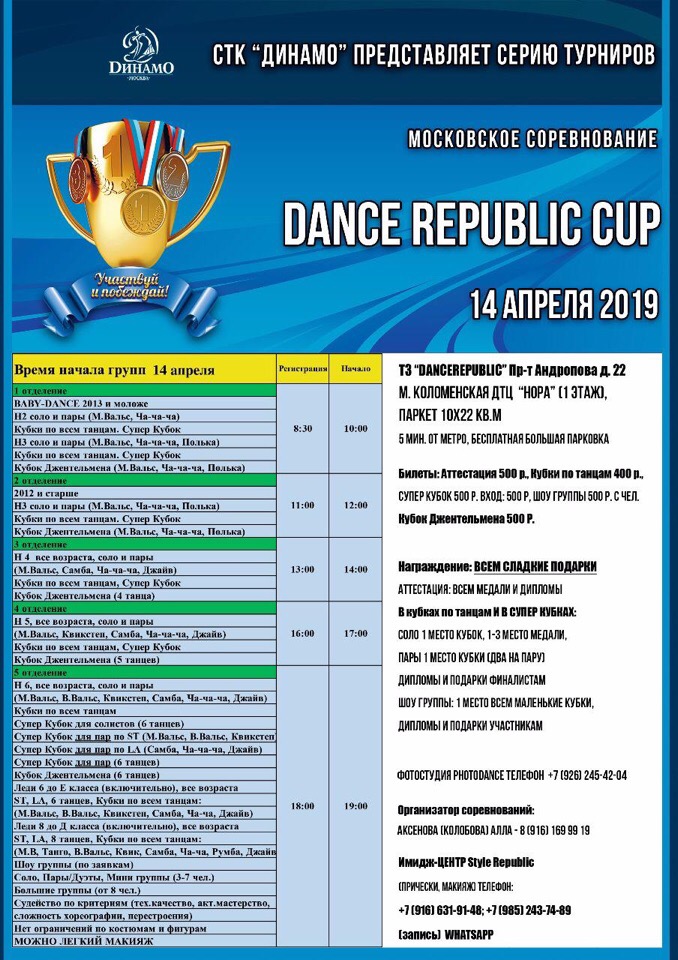 For the jury of the festival-competition of arts, the synchronicity in the ensemble, the composition of the drawing and the spectacle of the performance are of decisive importance.
For the jury of the festival-competition of arts, the synchronicity in the ensemble, the composition of the drawing and the spectacle of the performance are of decisive importance.
Free dance category:
Competitive performances put up for the competition without genre affiliation, in other words - a dance by request.
Ballet master's art - a nomination for leaders.
a nomination for leaders who put up teams for the competition - a nomination without a competitive fee.
Competition "DANCING WORLD" - May
Individual performers from Russia and foreign countries, as well as creative teams, regardless of departmental affiliation, can take part in the festival and competition, submitting applications on time.
Classical dance and styling
(groups, small forms, solo, duets)
Classical dance today is the foundation of any dance direction. Its elements have been formed over the years and by the best teachers of ballet schools in the world. All beginners start from this direction, falling into the wonderful world of dance
Its elements have been formed over the years and by the best teachers of ballet schools in the world. All beginners start from this direction, falling into the wonderful world of dance
Classical dance is, first of all, entertainment, beauty and the right basis for any dance movement.
Classical dance is movements that have united into one single system. But in order to revive it. It's one thing when the dance exists just like that, another when it helps to reveal feelings and a little story...
Folk dance and stylization
(groups, small forms, solo, duets)
Folk dance is a bright, colorful creation of the people, which is an emotional, artistic, specific reflection of their centuries-old, diverse life. He embodied the creative imagination of people, the depth of their feelings. Folk dance always has a clear theme and idea - it is always meaningful. There is a dramatic basis and plot in it, there are both generalized and specific artistic images created thanks to various plastic movements, spatial drawings (constructions).
Stylization is a modern creative interpretation of folklore material
new means and forms of choreographic expressiveness.
It should be noted that the basis of a stylized performance is, first of all, the study of folklore and ethnographic material, possession of the laws of composition, and of course, a sense of style - all that together creates the desired image or feeling of an image, a peculiar national character of a people, its image life and thought patterns.
The skill of a modern choreographer who stylizes folk dance lies in the ability to correctly combine modern movements and tricks with truly folk movements.
Children's dance, rhythm
(groups, small forms, solo, duets)
Children's dance has its own specifics and features. Everyone will agree that the main thing in it is not an impeccably mastered technique, but the creativity and interest of the child. Poses, movement, gesture, facial expressions - this is a choreographic text.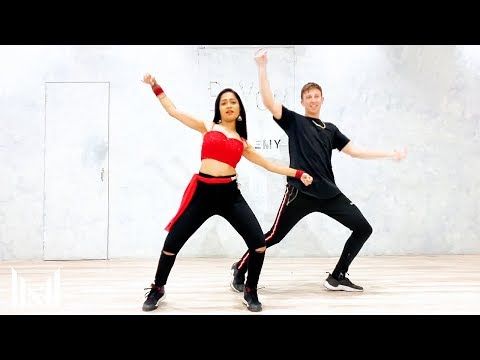 The content should contain an image, the dramaturgy of children's dance. Visual vocabulary is what we depict, and expressive vocabulary is built on the image. Tempo - rhythmic music is very important for children, it should be clear, rhythmic, fun. For each age group, the music must be age appropriate.
The content should contain an image, the dramaturgy of children's dance. Visual vocabulary is what we depict, and expressive vocabulary is built on the image. Tempo - rhythmic music is very important for children, it should be clear, rhythmic, fun. For each age group, the music must be age appropriate.
Variety dance, variety sports dance
(groups, small forms, solo, duets)
Variety art combines various genre varieties, the commonality of which lies in easy adaptability to various conditions of public demonstration, in the short duration of the action, in the concentration of its artistic expressive means, contributing to the vivid identification of the creative individuality of the performer.
Acrobatic dance, sports dance
(groups, small forms, solo, duets)
The composition of acrobatic dance is based on the etude-figurative style of arbitrary combinations. The etude-figurative style implies, along with good technical training, the presence of a level of expressive abilities and artistry. This style requires a deep study and careful mastering of gymnastic, acrobatic elements and connections, as well as the ability to create plastic, emotional-motor, or artistic images by athletes.
This style requires a deep study and careful mastering of gymnastic, acrobatic elements and connections, as well as the ability to create plastic, emotional-motor, or artistic images by athletes.
Majorettes (teams)
A young direction at the intersection of sports and shows. In majorette sports, the nominations are called "sections". There are sections "drums", "flags", "loaves", "pom-poms". Judges first of all evaluate the virtuoso possession of this props. For the jury of the festival-competition of arts, the synchronicity in the ensemble, the composition of the drawing and the spectacle of the performance are of decisive importance.
Contemporary choreography: Jazz, Modern, Free plastique
(teams, small forms, solo, duets)
First of all, this is the art of dance, this is choreography, which has no rules and mandatory movements and poses. It was formed at the beginning of the 20th century in the West and involves a diverse set of dance movements.
Dance theater, dance show
(groups, small forms, solo, duets)
The main difference between pageant dance and pure dance is that pageant dance is a story that can be told without words. The founder of such a direction as dance theater is the great dancer from America - Isadora Duncan. In her productions, she turned to symphonic music and advocated the rejection of traditional dance costumes. Choreographers of this art direction use mixed dance styles. This type of dance implements its activities on the basis of the following two schools: dance school; acting school. In the process of training in these schools, special attention is paid to the emotional component of the dancers.
Ballroom dancing (including formation)
(groups, small forms, duets)
The term "ballroom" refers to paired non-professional secular dances that originated in medieval Europe. Ballroom dancing of the 20th century developed on the basis of European dance, which at the turn of the 19th and 20th centuries was breathed new life by African and Latin American musical and dance culture.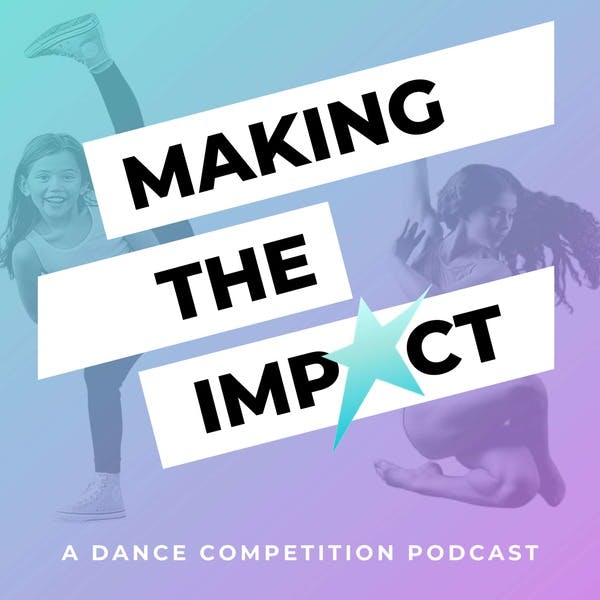
Currently, ballroom dancing includes 17 different dances, divided into four programs:
The European program includes: Slow Waltz (Boston), Quickstep (Fast Foxtrot), Viennese Waltz, Tango, Slow Foxtrot.
To Latin American: samba, cha-cha-cha, rumba, paso doble, jive.
Folk: figured waltz, Krakowiak, Russian lyrical, rilio, Ukrainian lyrical.
Optional: Berlin Polka, trendy rock (for beginners)
Theoretically, the definition of ballroom includes such historical and everyday dances as mazurka, polonaise, catillon, quadrille, as well as more modern ones: salsa, twist, rock and roll, etc.
Youth styles: hip-hop, disco, breakdance, etc.
(groups, small forms, duets)
Hip-hop is a mixture of energy, enthusiasm and positive. This is not just a dance, but a whole culture with its own clothes, habits, movements. Therefore, it is impossible to just learn to dance hip-hop, you need to live this culture, wear these clothes, love this music.
Perhaps it was the desire to express oneself that was the first impetus for the creation of the hip-hop style in America. It was a typical street dance, which was sometimes associated with hooliganism and swagger, graffiti and wide trousers. Gradually, hip-hop culture turned into a powerful youth movement, and Hip-hop dance appeared at competitions, festivals, and discos. Today Hip-hop is at the peak of popularity, dancing in this style is fashionable.
"Tap" - Tap dance comes from a mixture of different cultures, primarily Irish dance and African American dance traditions. It became especially popular in the United States, where many cultural traditions fused, and at the turn of the 19th and 20th centuries a new dance appeared. Tap dance (from gypsy chyache "yes"), also step (eng. step dance from step "step" + dance "dance"; in the English language itself, this term includes any dances with an emphasis on footwork) - a type of dance, a characteristic feature which is rhythmic percussive footwork. As a rule, tap dancing is performed in special shoes lined with metal plates; however, they are the conquest of modern times: the founders of the genre (Bill Robinson[en], Sammy Davis Jr., the Nicholas brothers, etc.) did not use them, relying on hard shoe soles and oak floors.
As a rule, tap dancing is performed in special shoes lined with metal plates; however, they are the conquest of modern times: the founders of the genre (Bill Robinson[en], Sammy Davis Jr., the Nicholas brothers, etc.) did not use them, relying on hard shoe soles and oak floors.
Oriental dance, Indian dance
There are more than 50 styles of Oriental dance, there are also directions:
Egyptian school (raks beledi, folk dance - a more chaste version of belly dance in closed outfits with smoother movements.
Arabic school (khaliji) - hair dance, which received its own
Indian Classical Dance is a form of Indian performing art that has its origins in Natya, a sacred Hindu musical and dance style, the theoretical basis of which was laid down in Bharata Muni's treatise "Natyashastra" (4th century BC). The term "classical" was introduced relatively recently by the National Academy of Performing Arts Sangeet Natak Akademi specifically to designate styles of performing arts based on the principles of "Natya Shastra".

